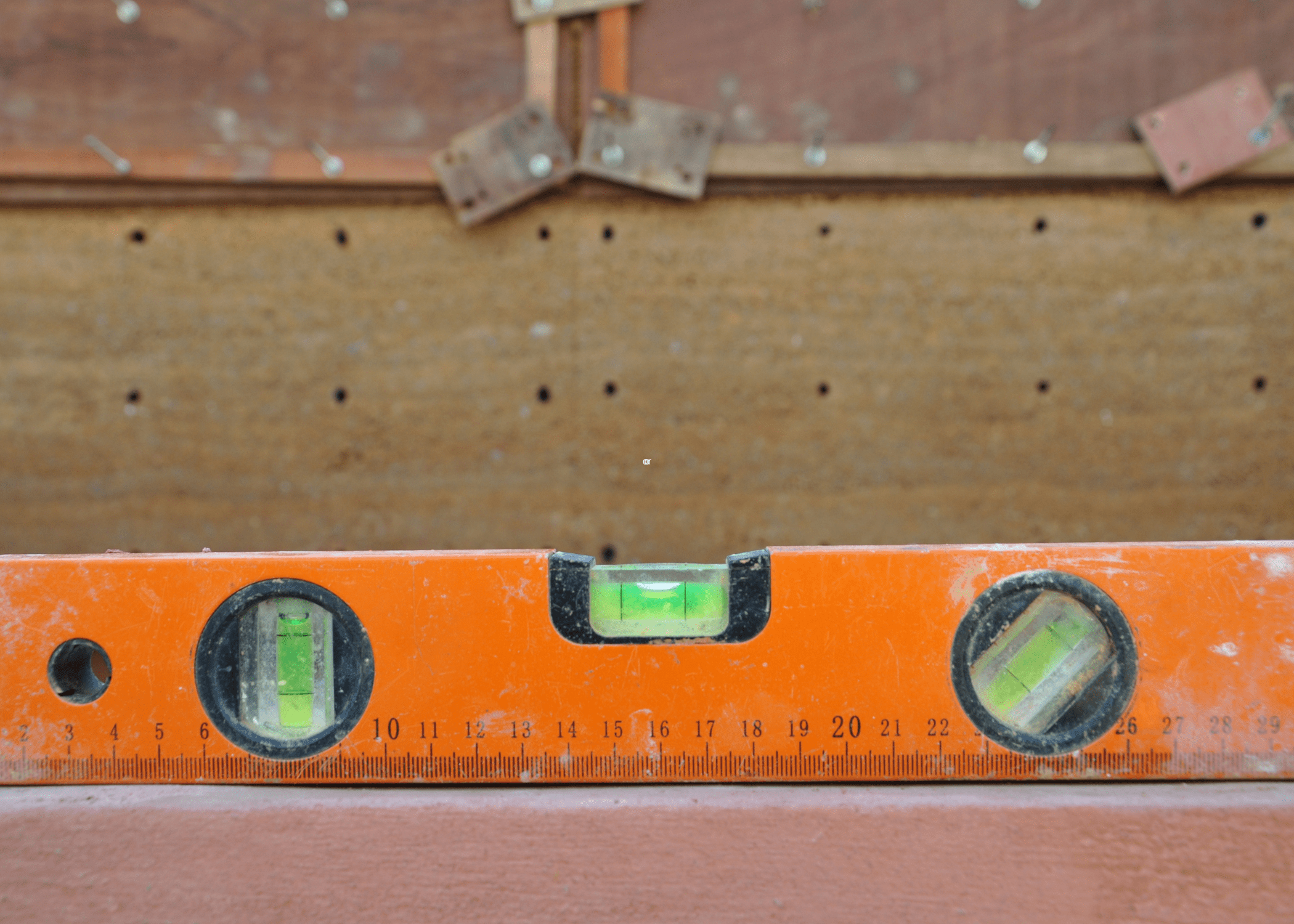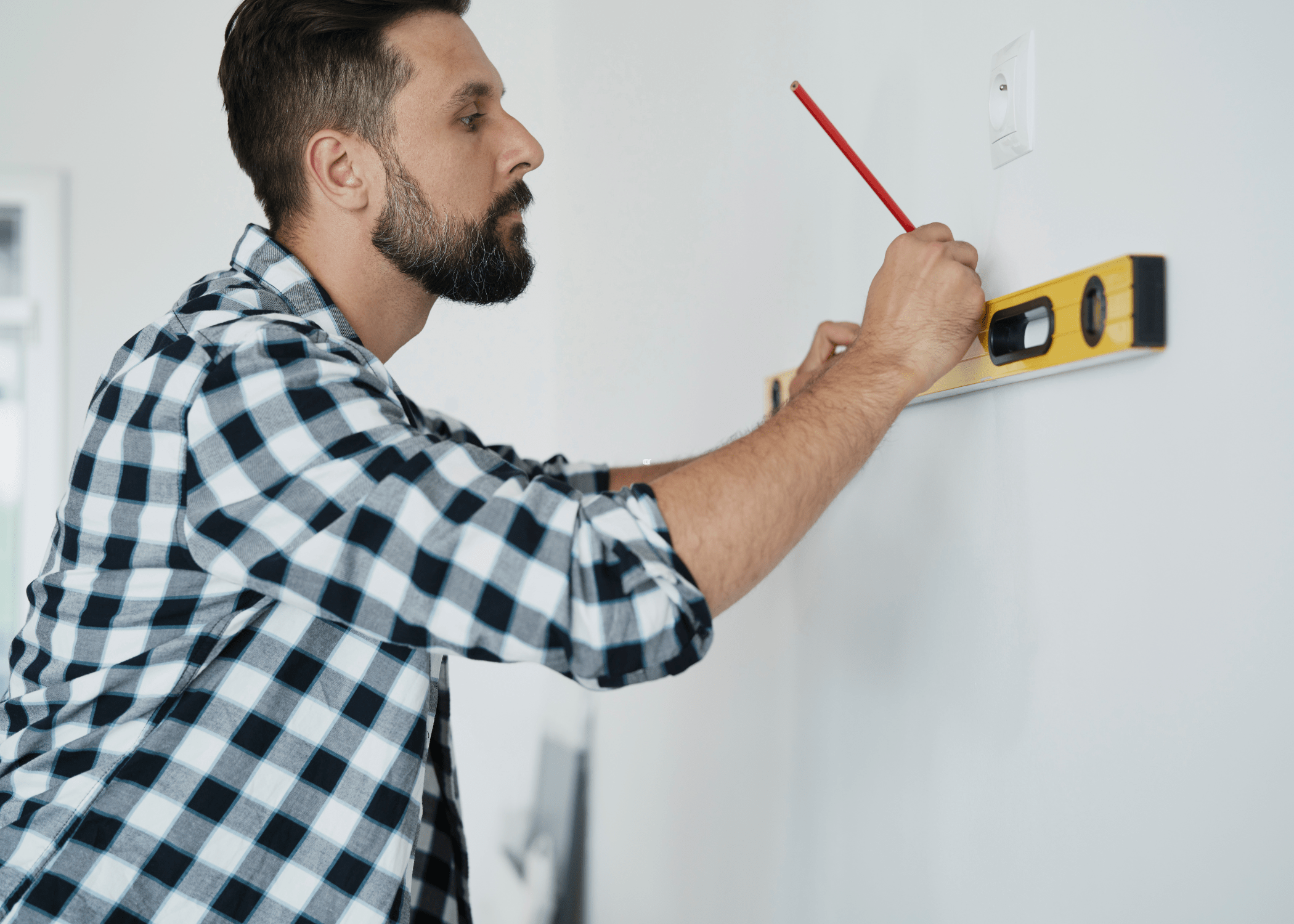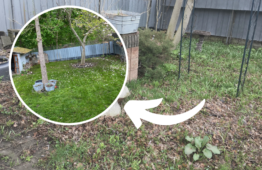3 Different Types of Levels and Their Best Uses
In the world of DIY projects and home improvements, ensuring precision is paramount. Among the tools that professionals and hobbyists alike rely on for this task are levels — instruments designed to indicate whether a surface is horizontal (level) or vertical (plumb).
While the principle behind all levels is the same, the technology and applications vary significantly. Let’s explore some of the most common types of levels, including bubble levels, laser levels, and digital levels.
Understanding Levels
Understanding levels begins with grasping their basic definition and principle: a level is a tool used to establish or verify points in the same horizontal plane, ensuring precision in construction, carpentry, and other fields requiring exactitude.

This fundamental instrument operates on the principle of establishing a visual or measurable straight line to gauge alignment or balance. Tracing the historical context, the evolution of levels has been remarkable, from ancient civilizations using rudimentary water levels to modern laser and digital levels that offer unprecedented accuracy.
This evolution reflects not only advancements in technology but also the enduring importance of precision in building and design throughout human history.
Bubble Level
The bubble level is a versatile and essential tool for DIY enthusiasts and professionals alike. Its simple yet effective design features a liquid-filled tube with a bubble that moves to indicate whether a surface is level or plumb.

To use a bubble level with accuracy, place the level on the surface you want to check, making sure it is stable and not tilted. Adjust the surface until the bubble is centered between the two lines inside the tube. This ensures that your project will be perfectly level or plumb, resulting in a professional and polished finish.

Ideal projects for a bubble level include hanging pictures, installing shelves, and ensuring the levelness of countertops and appliances. Whether you are decorating your home or working on a construction project, a bubble level is a reliable tool that will help you achieve precise and accurate results every time.
Laser Level
Laser levels are a remarkable tool that utilizes cutting-edge laser technology to ensure precision and accuracy in various projects. Line lasers, dot lasers, and rotary lasers are the most common types of laser levels, each with its unique application depending on the project requirements.

When using a laser level, it is crucial to set it up correctly to guarantee accurate results. Additionally, safety considerations should always be a top priority when working with any type of laser equipment to prevent any potential harm.
Some of the best projects to utilize laser levels include installing ceiling fixtures with impeccable alignment, laying out tile patterns with perfect symmetry, and aligning cabinets or shelves over long distances with utmost precision.

The versatility and efficiency of laser levels make them an indispensable tool for professionals and DIY enthusiasts alike, ensuring that projects are completed with the highest level of accuracy and quality.
Digital Level
Digital levels have revolutionized the way we approach measuring and leveling tasks across various industries. With their advanced features and distinct advantages over traditional levels, they have become an indispensable tool for precision work.
One of the key benefits of digital levels is their ability to provide highly accurate measurements with minimal margin for error. This is particularly useful when working on projects that demand exact angles or slopes, such as woodworking or metalworking. The digital display on these levels allows for easy readings, ensuring that you achieve the desired level of precision in your work.

Operating a digital level is also relatively straightforward. By simply calibrating the device and following the on-screen instructions, you can obtain precise measurements quickly and efficiently. The intuitive interface of digital levels makes them accessible to both seasoned professionals and beginners, enabling anyone to achieve accurate results with ease.
In essence, the digital level represents a significant advancement in the world of leveling tools, offering enhanced functionality and usability for a wide range of applications. Whether you are a professional tradesperson or a DIY enthusiast, incorporating a digital level into your toolkit can greatly improve the quality and accuracy of your projects.
Choosing the Right Level for Your Project
When it comes to choosing the right level for your project, there are several factors to consider to ensure you achieve accurate and precise results.
Firstly, take into account the size and complexity of your project. Larger projects may require a more advanced level with increased accuracy, while smaller projects may be suitable for a simpler level.
Consider whether your project is indoors or outdoors. Outdoor projects may require a level that is more durable and able to withstand various weather conditions.

Precision is also a key factor to consider. If your project requires high precision, be sure to select a level that can provide the level of accuracy needed.
For specific tasks, here are some tips on selecting the best level type:
- For basic household tasks such as hanging pictures or shelves, a simple bubble level may suffice.
- For more complex projects such as construction or surveying, a laser level with high precision and accuracy would be ideal.
- If your project involves working over long distances, consider a digital level for better visibility and coverage.

By considering these factors and tips, you can choose the right level for your project and ensure that your work is completed with precision and accuracy.
Maintenance and Care for Levels
Maintaining and caring for your levels is essential to ensure they remain accurate and have a long lifespan. Regular routine care, such as cleaning and calibration, is key to maintaining their accuracy. It is also important to store levels properly when not in use to prevent damage and ensure they are ready for use when needed.
Storing a level requires some care to maintain its accuracy and longevity. The ideal storage solution will protect it from damage, moisture, and extreme temperatures, which can all affect its precision.

Here are a few helpful things to know when storing your levels:
- Firstly, it’s best to store your level in a dry environment. Moisture can corrode metal components and affect the integrity of wooden levels. If your workshop is prone to humidity, consider using silica gel packets or a dehumidifier in the storage area to keep moisture levels down.
- For those with limited space or who work in different locations, a protective case or sleeve can be invaluable. This not only guards against moisture but also against dust and debris that can accumulate when the level is not in use.
- Secondly, when considering where to place your level, aim for a flat, stable surface that won’t be jostled or knocked over. Avoid leaning it against a wall or hanging it by its ends, as this can lead to warping or bending over time, compromising its accuracy. Wall-mounted racks or custom shelving that support the level along its entire length are ideal. For long levels, ensure the support brackets are spaced to prevent the level from sagging in the middle.
- Lastly, take care to avoid exposing your level to extreme temperatures, as this can cause materials to expand or contract, again affecting accuracy. Store it away from direct sunlight, radiators, or vents. If you transport your level in a vehicle, be mindful not to leave it there for extended periods, especially in very hot or cold weather.
Related Articles
- How to Pour Self-Leveling Concrete For Flawless Results
- The 1-Second Trick to More Accurate Measuring and Marking for Your Woodworking Projects
- Your Guide for Deciphering Measuring Tape Marks
With all of this helpful information about level types, their uses, and how to care for them, you can tackle your next DIY project with the utmost confidence in your equipment and yourself. So that’s enough about learning about levels; grab yours now and start a project that you can be proud to show off, especially as it will hopefully be level and plumb.
Ready to start your next project? Join our DIY community to receive tool tips, how-to guides, and exclusive creative insights. Subscribe to the ManMadeDIY newsletter now!


![DIY Auto Detailing [10 Must-Haves for your Garage]](https://www.manmadediy.com/wp-content/uploads/sites/52/2021/03/car-sponge-81861-269x170.jpg)



